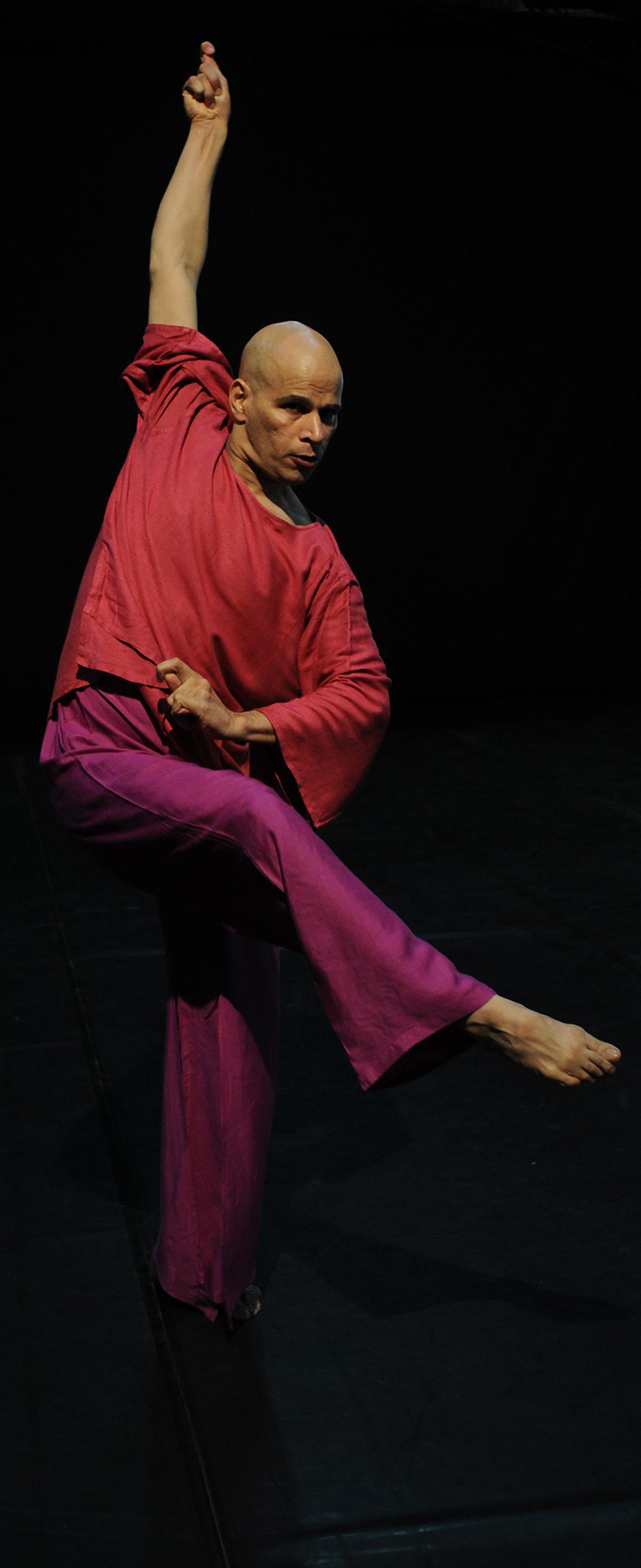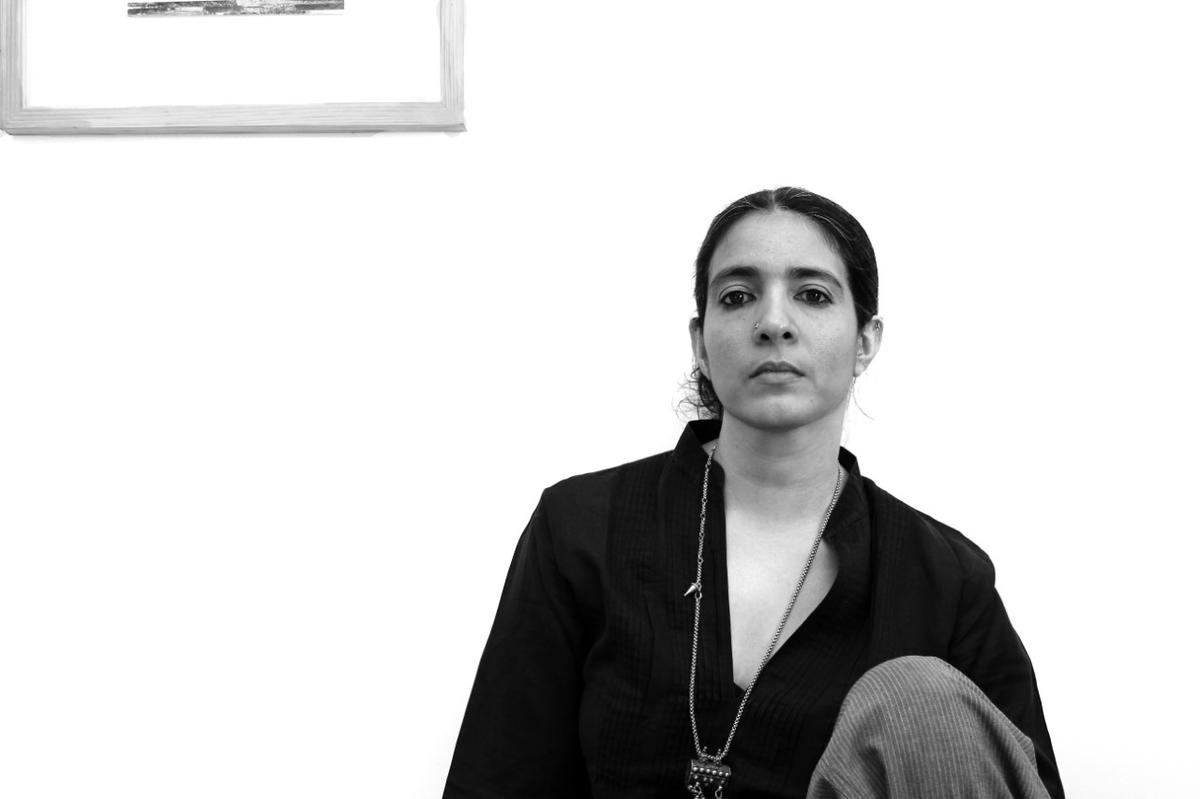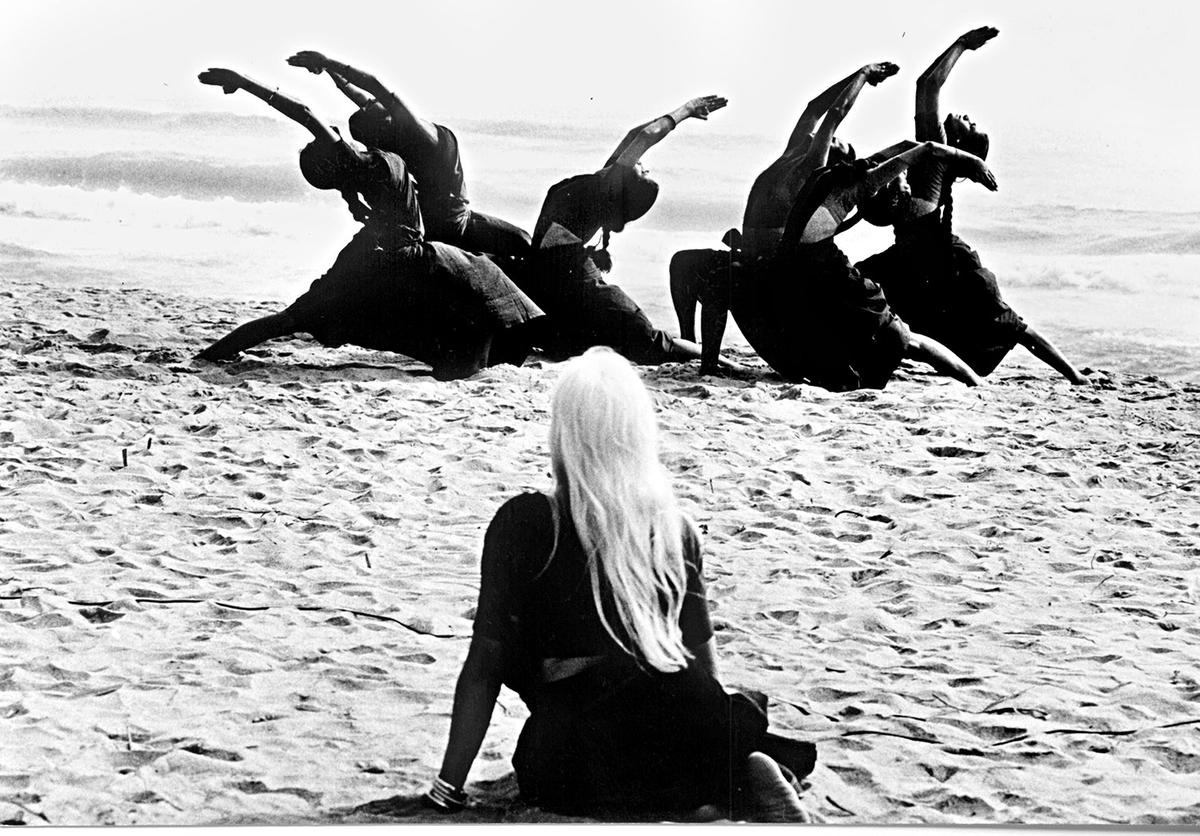A while back, I found a note on contemporary dance provided by ChatGPT. This said, while traditionally contemporary dance can be referred to as an assortment of Western techniques, it is now a means of addressing current socio-political-cultural issues, reflecting the diversity of contemporary society in different forms, content and reflects through the incorporation of identity. Although not off-the-mark, I found the definition reductive, leaning towards a temporal description while fully giving credit to the West for its technological root. This emphasized the lack of relevance of the contemporary present within the dance community in India.
It’s best to acknowledge that there is no singular definition of this genre. However, all we can really agree on are certain characteristics such as multiplicity, diversity and multiplicity of forms and aesthetics. To these, I would like to add what I strongly identify with in contemporary dance – critical thinking. These characteristics make it difficult to fit the genre into an ‘organized field’ and make it difficult for a contemporary practitioner to concretely contextualize his work in history.
significant change
Kathak turned contemporary dancer and choreographer Daksh Seth’s work ‘Sari’. Photo Credit: Special Arrangement
Dance scholars have studied two important moments of change in the Indian modern/contemporary dance context, where classicality has been interrogated to transform form along with new politics. The first phase, called ‘Indian Modern Dance’, was led by Rabindranath Tagore, and perhaps ended with Uday Shankar (1900–1980) as a thriving process. This school of practice freely and openly adopted contrasting dance styles from both East and West and remained open to the idea of modifying past traditions. The second phase that heralded the use of the term ‘Indian contemporary dance’ began in the 1980s with the arrival of Chandralekha in Chennai, and others including Kumudini Lakhia, Daksh Seth, Maya Krishna Rao, Astad Debu and Manjushree Chaki Sircar. The list is exhaustive) in different parts of the country. These choreographers had basic training in one or more of the classical forms. His work was marked by a conscious need to depart from tradition, yet not in a way that mimicked contemporary dance in the West. The post-colonial need was imperative among them to define ‘contemporaneity’ in their own terms through their own forms.
forging new frontiers

Contemporary dancer and choreographer Jayachandran Palazzi at the Attakalari Center for Movement Arts (ACMA) in Bangalore | Photo credits: K. Murali Kumar
After the ’90s, dancers such as Jayachandran Palajhi, Anusha Lal and Mandeep Raikhi returned to India after many years of training in British dance schools. Through Attakalari and the Gati Dance Forum, he facilitated access to contemporary dance for those with little or no training in Indian classical forms. The hierarchy of classically trained dancers had broken down. Dancers trained in popular Western forms, film dance, yoga or martial arts enrolled in contemporary dance courses and soon became choreographers themselves. While this was a very welcome intervention at the time, this need began to see a renewed standardization, to continuously define, create and institutionalize pedagogy. ‘Contemporary dance’ became another category, filled with recognizable tropes and clichés, rather than political ones. However, there remains the presence of a small counterculture moving away from the finished aesthetic to create new performative modalities – often in process, tentative, asking questions rather than rushing to answer them. Through such works, contemporaneity becomes not only the hallmark of a ‘dance product’, but an entire philosophy and critical process.
space for new ideas
The collective I work with for the last 12 years – Basement 21, has tried to create spaces and platforms like the March Dance Festival to nurture these conversations around process that is ‘contemporary’ for itself and its audience. Ready to redo. But there remains an urgent need for diverse pedagogies that can potentially bridge the gap between theory and practice, past-present, east-west, in a productive rather than binary way.

Padmini Chettur | photo credit: lorenzo_palmieri
These pedagogies must complement choreographic practices to address the twin lack of a concrete definition of contemporary dance and its critically documented history. Such separation and integration of theory and practice are well-tested methods in academia, especially for experimental/creative disciplines. But in India, the onus is entirely on the choreographers to ‘educate’ the dancers. Alternatively, the responsibility falls on the dancers, who are often making discoveries without direction, resources, and peer discussions. In my opinion, this is as much a challenge for practitioners as other well discussed issues such as funding or lack of rehearsal/performance spaces.
proper training required
Contemporary dance is taught in India either as a style in a dance institute or through choreographic processes shared with dancers. For a number of logistical reasons, these training moments are neither of long enough duration nor rigorous enough to provide the dancers with the tools they are capable of making. As a teacher and co-curator of the March Dance Festival, which now offers grants to emerging choreographers, I often encounter that many young dance-makers are too far from basic formal and technical choreographic developments over the past hundred years. are clueless, and are therefore struggling with dated questions or knowingly resorting to copying existing works. For contemporary dance to develop as a research-based inquiry rather than a product-oriented reinvention of the wheel, the pedagogy surrounding it must include the complex colonial-post-colonial-modern-postmodern history and practices that we are of earlier.

Chandralekha watching her dancers perform ‘Namaskar’ on the beach, 1992 | Photo Credit: The Hindu Archives
In my attempt to uncover the mystery of contemporary dance, let me add a few words to defend against the charge of abstraction and exclusivity that contemporary practitioners often face. I believe that a constructive form should flourish in debate. An artist, whether telling a story or not, is still interacting with the audience. He isn’t necessarily the showrunner, but is weak in his attempt to communicate. In the words of German dancer Susanna Linke, “To dance is to walk on the edge of the stage, not be secure in the center.”
At a time when the need for dialogue around plurality and inclusivity is at the forefront of all socio-political debates and bastions of unchanging tradition seem to stand on disputed and unstable terrain – now more than ever contemporary dance needs to be an exercise of response and resistance. Be For this we should consider strengthening its foundation. If not, we will continue to see bodies that are only able to aspire, never to be in full possession of their contemporaneity.
The author is a contemporary dancer and a part of the collective, Basement 21.